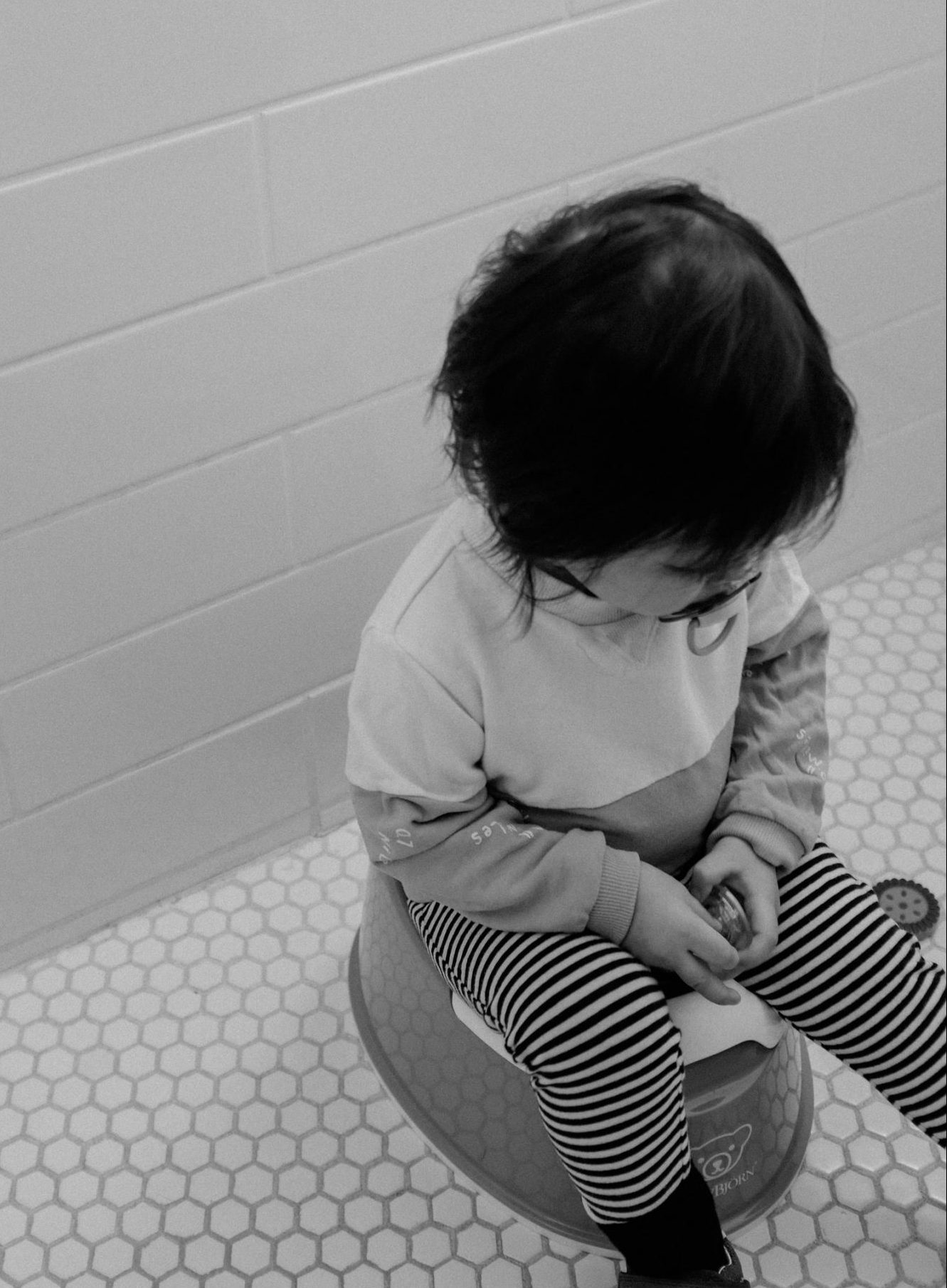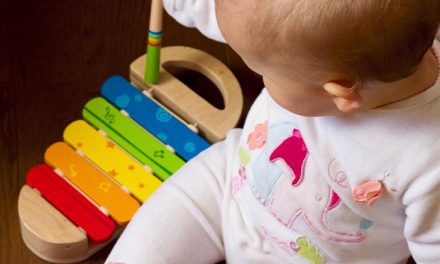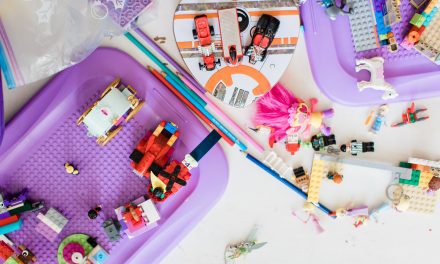Is it time for you to begin working towards the toilet training marathon but you’re unsure where to begin? It’s a big step for kids to learn to use the toilet and it’s also one that makes many parents anxious. The process for toilet training usually begins between the ages of 18 to 36 months. Remember to give this training its due time, it could take anywhere between 2 to 4 weeks. You should also be proud of your child each time they do it right, even if a few accidents occur. It’s a learning process after all. If you’ve been searching for tips on potty training, you’ve landed just on the right page. ImmunifyMe brings to you a list of tips to do (and not) that will guarantee to help you through this tiring process of potty training!

Moving from diapers to a potty chair is a big change for your child. Some of them might take longer than others to learn the process.
Ensure Your Child Is Ready
Make sure you know when your toddler is ready to be trained by being perceptive to signs, gestures, or other direct conversations. These signs could be them telling you that their nappy is wet or they’ve done number 1 or 2 (or however you refer to it with your child). Signs such as your child pulling their pants up and down, staying dry for more than 2 hours, making odd faces while urinating, or even being interested in the toilet by talking about it indicates readiness in the toddler. Try not to do it when a change is happening such as moving houses, renovations, or even a sibling being born. Initially, your child might also be prone to bedwetting till then understand the process or their bodily reactions.
Prep Your Child For Potty
Start by moving the potty chair to the bathroom or to the place where they spend time the most. Gently nudge them to sit on the chair while clothed for a few days so they get the hang of using it. Encourage your child to sit on the potty chair while dressed to start out, while making sure their feet touch a stool or the floor. Refer to the toilet in simple terms with positive connotations that excite your child. Use props like dirty paper by throwing them into the dustbin to show where they’re disposed of. Additionally, see if you can choose a potty chair of their liking by getting them to choose. This will increase their curiosity to use it.
Start Using Underwear
Most kids are curious and excited to wear or try out something new. Purchase fun bright color underwear with their favorite cartoon or superhero graphic on them. Help your child understand that once they’re trained, they will be allowed to wear this. Let them wear it occasionally while training as a treat so they get a taste of it. Use affirmative words for the underwear as well, and make sure they know they can wear it any time. This step helps in transitioning out from diapers to underwear quite easily for kids. It’s also quite easy to pull down by the toddler themself. Always buy clothes that enable dressing down so as to give your child confidence about the process.
Introduce Regular Potty Breaks
One of the other tips on potty training is to make your child understand the timing or their body needs. Get your child to sit on the potty chair or toilet for a few minutes every two hours without a diaper. Also, ensure you practice the same as soon your child wakes up in the morning and then after every nap. For the boys, teach them to use the toilet seated first, then move to standing up later. During such sessions, either read a book or play with toys. Remember to also look out for signs if your child is feeling constipated.
Don’t restrict their movements if they want to get up, and don’t forget to applaud them even if they’re just sitting down doing nothing! Make sure you keep up with this practice regularly until your child is more receptive to sitting by themselves. If you’re planning on going out for a long duration, you can also consider carrying the potty chair with you.
The Same Approach Might Not Work For All
The entire purpose of toilet training is to help your child gain some control over their body by recognizing the signals our body gives us. Ideally, they should be able to relate that to the actual act of peeing or pooping. Some toddlers manage to learn quickly, while others require a lot of patience, gentle support, and encouragement from their caretakers. The approach that works for each child is different. You might experience a few snags, but don’t let it deter your mission! When talking about tips on potty training, you need to remember to be patient. If something isn’t working for your child, then give it another try through another approach!

One of the important tips on potty training is to give your child the space and time to learn and make mistakes during the process.
Conclusion
Start only and only when you notice your toddler shows the right signs to be trained. Don’t rush into things because you are being forced by others to start the training early. Toilet training is also a major goal for your child and achieving that goal helps them feel more confident and independent. If you find yourself getting irritated, let go for a while, and try again in a few days.
Nothing good ever comes out of putting pressure or admonishing your kid when they don’t get it right. So, if you find that your child is resisting the shift or has not yet gained that independence, be kind and patient- they will get there eventually as we all do. Download the ImmunifyMe app to know about signs to look out for and more tips on potty training for your toddler! Use the app to also keep a tab of your child’s milestones and immunization schedules.
FAQs On Tips On Potty Training
Can I Let My Child Be Naked During Training?
Let your child run around bare-bottomed for half a day in a private space. While being naked, babies understand that there’s no diaper to go into and find it harder to ignore the urge to use the loo. Make sure the potty chair is accessible and nearby so they know that they have to use it as required.
How Do I Train My Child For A Night Time Routine?
Potty training at night might take longer than usual to achieve. If they don’t stay dry, it’s okay, use disposable training pants and plastic sheets. Try to limit their drinks to an hour before their nap time. Help them also use the toilet half an hour before, so they might not find the need to use it later.
What Should I Not Do When Potty Training?
Potty training could be difficult for a lot of parents. Start by not stressing. Don’t force your baby if they’re not ready and don’t give in to pressure from friends and family. Remember to not dress your child in clothes that are difficult to remove or pull down. Lastly, don’t get irritated, and don’t expect your child to perfect using the toilet immediately!






